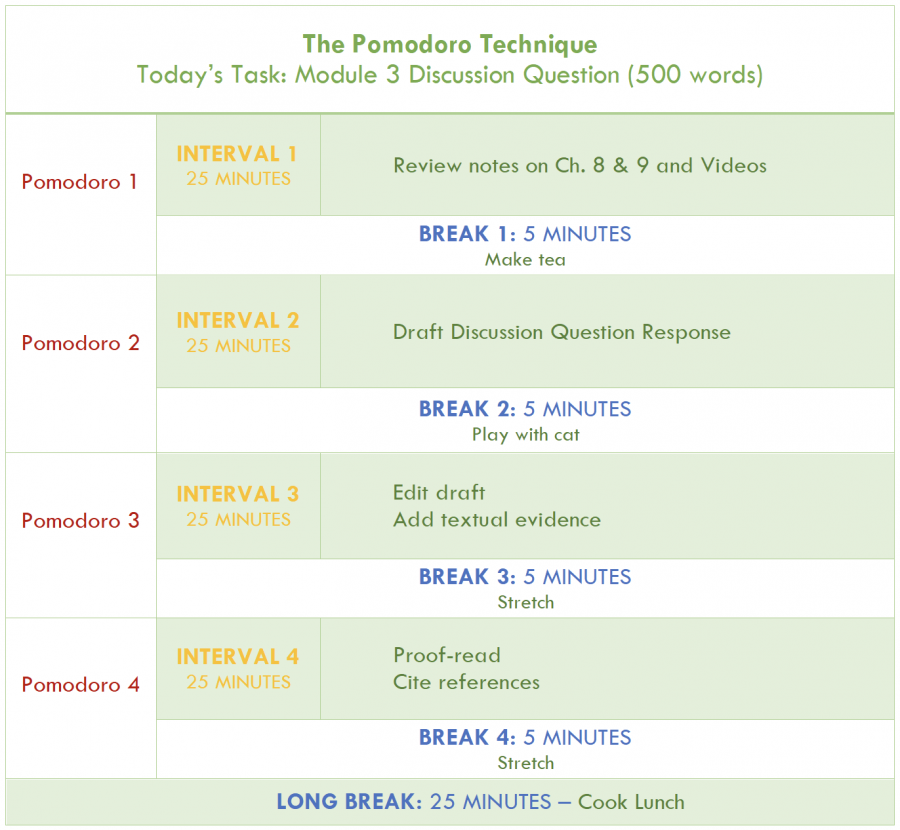Zoom University Struggles: Time Management
November 6, 2020
The struggle is real my friends.
Whether your classes are in-person, hybrid, asynchronous, synchronous, or whatever you want to call it, I think we all can relate to a lack of motivation, high anxiety, and/or stress from piled up responsibilities during these, wait for it… “unprecedented times.”
With work, school, and home life being smushed together into one chaotic snowball growing bigger and rolling faster by the minute, how is this semester not bound to run you over flat like a Tom and Jerry cartoon? How can we manage our time during these, I’m going to say it again… “unprecedented times?”
Luckily there’s a way to get through this! Here’s a golden team of time management techniques to help you catch your breath:
Exactly how it sounds, Eisenhower’s Box (also known as Eisenhower’s Matrix) involves organizing your priorities for the day, week, or month (you choose) in a box divided in four squares labeled:
1. Urgent and important: Tasks that must be completed ASAP.
2. Important, but not urgent: Tasks that are critical but can be done down the line.
3. Urgent, but not important: Tasks that can be handed over to someone else.
4. Neither urgent nor important: Tasks that you can delete or push back from your to-do list.

Eisenhower’s Box is a wonderful tool to use when you become overwhelmed with your seemingly endless to-do list. It easily breaks down tasks that must get done versus tasks that you were stressing about for no reason. Check out my Eisenhower’s Box for this week
1. Pomodoro Technique:
Nicknamed the Tomato Technique, this method is Elon Musk’s go to! The Pomodoro Technique consists of four steps:
1. Decide what tasks you’d like to accomplish today or this week. Tip: You can use Eisenhower’s Box to help you narrow down your priorities.
2. Work in intervolves. Focus on one task for a set time in each intervolve. Intervolves can range between 5-45 minutes. The purpose of this is to reduce inevitable burnout or boredom. You’re not expected to complete a task in one intervolve. If you do, hooray! But don’t sweat it if you don’t.
3. Take short breaks. These breaks can be between 5 to 15 minutes. Grab a snack, stretch, check your feed, pet your cat. This is you time! Don’t do anything work-related.
4. Every four work intervolves, take a longer break. Say 20-45 minutes. This allows you to digest any information you swallowed in your last four work intervolves and refresh for the next four. So kick back, eat a meal, call your mom!
And hey, if it works for Musk then this can work for you!













